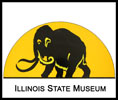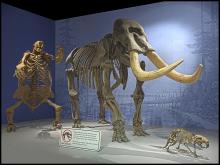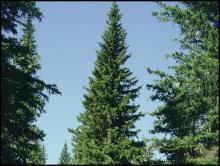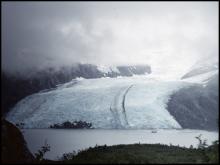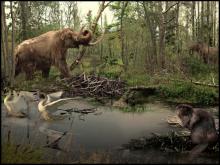This button will take you to the Backyard Paleo blog by ISM Paleontologist, Chris Widga. The blog is housed on Wordpress.com; use the "back button" to return to this site, or control-click to open the blog in a new window. You can also find links to specific entries on that blog in the box to the right.
